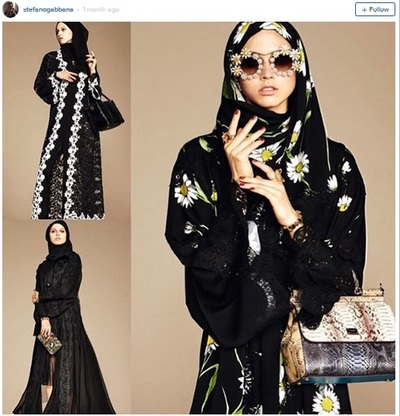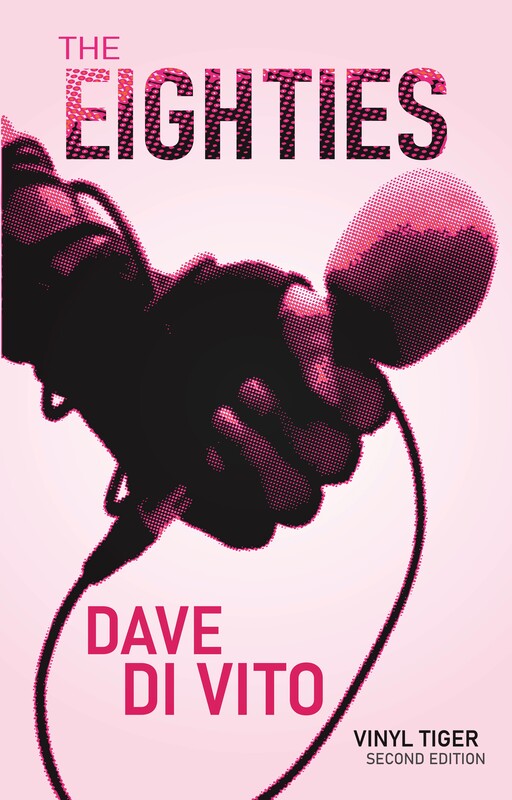|
If you've arrived fresh and raring to go with some Rome recommendations, you may want to check out the previous couple of posts that are more focused on the central historical zone.
In this post, we are venturing out of the city centre into one of the most amazing parts of inner city Rome.
0 Comments
I've spent ten years on and off living in the Eternal City. In the interests of sharing a bit of what I know (and what I like), this is the second in a series of posts about my recommendations for you in Rome. It's true that you can spend a lifetime visiting Rome, but you'll only want to if you have a good time each time you pass through. So, for this post, I'm assuming you've made your way to the Spanish Steps and that you're ready to venture further into Centro Storico. I've now spent a decade living in Rome and although COVID and all its mutations continue to swirl around, it's almost refreshing to see the hordes of tourists coming back to town.
When Rome is open for business, my inbox tends to get a little more busy than usual, with friends asking me for some recommendations about what to do and see and when to do it. The following is the first in a series of insights about Rome. They're based on my opinions and experiences, so don't come trying to sue me if you don't agree. For this post, I'm focusing on the central areas of the historic centre, along with Termini. Things change, good places go bad, and bad places improve, so take everything with a grain of salt. Get ready for a shocking statement.
"I am not an economist." I'm like that car that is always running on empty, so heaven forbid that I say anything terrible about the Italian economy. I mean, it's all been said before anyway, hasn't it? Blah blah blah corruption, blah blah blah no one pays their taxes, blah blah car... oh that's a different one, kind of like Uber but for intercity trips. Everyone raves about that one. Anyway, Italy as you'd be undoubtedly aware, has seen better economic days. Europe's third largest economy is on the skids blah blah blah. From the outside it's easy to look at Italy as being a country. One of the most populated in Europe, one which has traditionally been a centre of artisan production and small businesses that drove innovation in many ways. But if you spend any prolonged amount of time here today, you start to look at it as less of a country and more of a transport hub. In what way? In the sense that the ongoing brain drain of Italy's youth and the lack of economic stability here has created something of a new Italian diaspora. Yes, sounds meaty I know. But think of it this way. There are currently so many young Italians living in London, for example, that London could statistically be seen as one of the top ten Italian cities by current population metrics. For those Italians who insist on staying in Europe, Berlin is also a popular choice and there is now even a documentary film doing the rounds about the tens of thousands (!) of young Italians currently living there. But when Italians are not chasing graduate opportunities, scholarships or funded roles in pretty much every other European country, they're having to look even further in order to get a job or to simply progress in their fields. In my six years here, I've met dozens of architects. I don't know how it happened. Perhaps it's because there are more architects in Italy than in any other country (per capita) or because I'm just naturally drawn to meeting people who insist on removing the doors in their own homes to create "open space living" for themselves. That latter thing always kind of irks me, because what happens if you want to fry something in your kitchen? Does the rest of the house have to suffer for it? Maybe architects just don't cook in their own houses - or - just don't cook, period. I need to look into that. Anyway, many - actually, EVERY one of the architects I have met here have either spent months and months working on projects in the Middle East or China, or have simply had to pack up and move there permanently. Italy's ratio of creatives per job opportunity is stacked against their favour, so it means for many, it's time to brush up on some English, get a passport (what is it with Europeans not having passports) and to go and live somewhere from which they can give us a satellite news feed full of interesting local dishes and culture shock. Don't get me wrong, hell, this blog is just the written equivalent of that kind of thing and I actually love seeing my friends post things about where they are and what they're up to. It's the vicarious travel that I am now resigned to doing thanks to the pitiful Italian salary that I'm on. What's interesting is how the youth exodus is now being mirrored more and more by a lot of Italian design and fashion houses. In recent weeks there has been news of how Dolce & Gabbana, for example, did a major flip. You see, last year, those two hacks came out in opposition to LGBT parents. In a way they were kind of ahead of the trend for once because just this last week the Italian parliament and public have been divided on a key part of the same sex union bill currently being debated in public. The bill, which has been dismantled and reassembled and stripped of its more controversial aspects, stumbled because there was a mistaken belief that if the parliament granted legal protections to same sex partners in the case where one partner wanted their partner to be able to adopt their own child - that it would open the way for same sex couples to pursue surrogacy in Italy - which has been labelled as utero in affito (rented uterus) basically. This has had everyone up in arms and has created a fire storm of social and political debate. But basically, Dolce and Gabbana made comments late last year about how disgusting the whole idea of same sex parenting, rented uteruses and LGBT families are in general. Yes, it's called self hating people. But magically, in recent months, D&G, the brand, have done an about face and even created, wait for it, a children's clothing line, inclusive of one with, might I just say, horrific images of same sex families (as above). Amazing what an untapped market and the lure of the pink dollar can do to change your public position on some things. Mind you, weren't D&G done for tax avoidance last year too? Hmmm. D&G and other Italian fashion houses, like the majority of Italy's youth are also looking beyond the borders of the boot shaped country. They're adapting to other cultural situations and, are now creating collections with the modern Middle Eastern woman in mind. They released a collection of hijabs and abayas in January as part of The Abaya Collection. In a way it was the kind of foray they've done in other markets (creating specific collections for Russia and East Asian countries in recent years) but kind of like a complete left of field change in direction. After all, you gotta pay the rent, and Middle Eastern buyers have fast replaced Chinese and Russian shoppers as the must have clients to court these days. They're not the only Italian creatives who are tapping into a new market as their own domestic/EU one struggles to support them. Sanctions on Iran have barely been lifted but already fashion houses like Roberto Cavalli and Versace are lining up to open stores in Tehran. A case of first in, best dressed you might say, and a way in which Italians and Italian companies are, due to economic need, spreading their own version of soft power on a one by one basis (even if the numbers add up to thousands). Follow the dollar kids.  IF YOU'RE in Rome between April 14 and April 21, you are in luck. Rome's state museums and historical sites are opening their doors to the public with free entry during Culture Week. With the exception of some major sites such as the Colosseum and special exhibits, a lot of Rome's collections are pretty much free for the taking. For those who have visited Rome before, this is a good opportunity to explore some of the more left field spaces that the city operates in addition to the bigger national museum centers whose collections are worth at least one visit to. Yes, the focus is often on classical art, but not always. For a different way to see something classical, two of my recommendations would be the Museo Andersen and Centrale Montemartini. Located outside of the historical center, these sites are invitations to explore a Rome that few visitors venture out to, and that often hide the more modern side of its identity. Traveling smarter, doing a bit of research, and picking up a bit of free press can go a long way in helping you get a better feel of a place. There has been talk that Woody Allen's latest film To Rome With Love has caused a spike in visits to the city. I am not so sure of that, particularly because the film has not yet even been released. It could well happen later in the year when it gets its cinematic release in the States and other territories, but whether or not it will simply feed the obsession with the historical center or not remains to be seen. Rome already commands about 10 million visitors per year, and for a city of its size, sits comfortably near, if behind its bigger neighbors London and Paris. Although it has less than half the population of its northern neighbors, it has some of the best flight connections in Europe, a heavily developed tourism industry and show stopping heritage that screams "Look at me! Look at me!" I can't think of any other European city, perhaps with the exception of Istanbul, that has such a multi-layered history that is readily accessible to visitors. ROME is considered part of the cluster 6 cities of Europe, along with Berlin, Paris and London (Madrid and Istanbul are also in this group) in its status as a metropolis with heritage, arts and cultural industries. Because it is a cultural hub, it does pretty well at a local level in sustaining a growing amount of events, even if it is still paradoxically a city that is still finding its modern feet. Click Read More to continue the post |
Dave
|
|
|
Dave Di Vito is a writer, teacher and former curator.He's also the author of the Vinyl Tiger series and Replace The Sky.
For information about upcoming writing projects subscribe to the mailing list. Dave hates SPAM so he won't trouble you with any of his own. He promises. |









 RSS Feed
RSS Feed